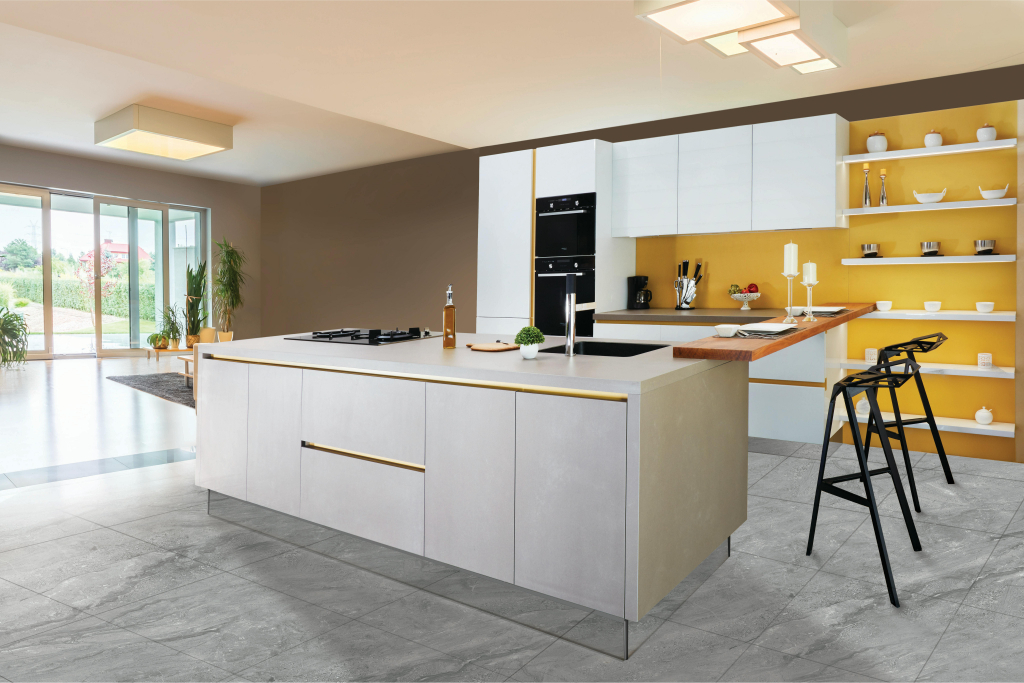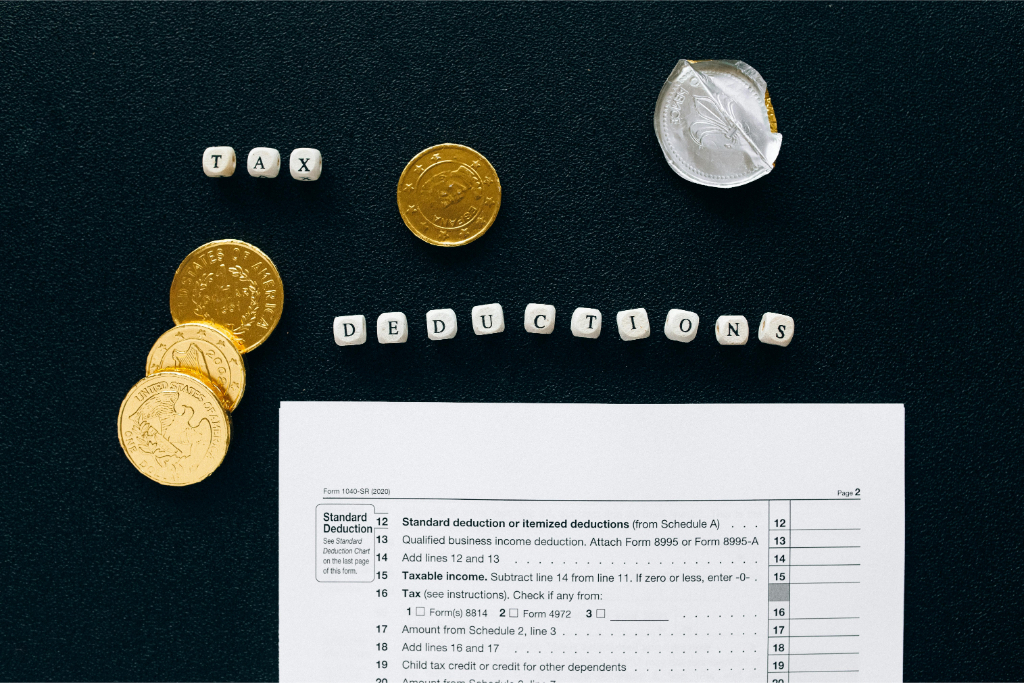2025 05/31
Buying a Property in Japan : A Guide to Energy-Efficient Homes

An energy-efficient home is a type of building designed to reduce energy consumption; it is more effective than a typical house in terms of insulation and ventilation.
Western countries, such as the USA, the UK, Germany have established standards for energy-efficient buildings; Japan has also met these standards. If you purchase a property in Japan, it is better to ensure it meets these standards.
The Japanese government has mandated compliance with energy-efficiency standards for new residences and other buildings since April 2025.
This article explains what mandatory compliance with energy-efficiency standards is; it introduces types of energy-efficient homes in Japan and discusses the benefits of purchasing one.
1. What is Mandatory Compliance with Energy-Efficiency Standards?
Compliance with energy-efficiency standards is a system to regulate the quality of buildings by meeting energy-efficiency standards that are government-regulated standards for building’s energy performance. They consist of primary energy consumption standards and building envelope standards.
(1) Primary energy consumption standards: Primary energy consumption is the total amount of energy, including heating, cooling, ventilation, hot water, and lighting, used in homes and buildings. They are expressed by the Building Energy Index (BEI), which is the numerical value of primary energy consumption.
(2) Building envelope standards: This criterion evaluates the thermal insulation and heat shielding performance of exterior walls, windows, and roofs.
The mandate used to apply only to "non-residential" or "residential" buildings over 300 sqm or more. However, after the 2025 Revised Energy Conservation Act was enacted in April 2025, all new buildings must meet the standards regardless the building type or its size.
The energy-efficiency standards define an energy-efficient home with two grades:
(1) Thermal insulation performance grade
This indicates a house's heat insulation performance, as defined in the Quality Assurance Act enacted in 2000. It evaluates the performance of thermal insulation on the building exterior. It also measures the intensity of solar radiation and controls the development of condensation. It has 7 grades; grade 4 or higher is considered an energy-efficient home.
(2) Primary energy consumption grade
This is a criterion used to evaluate energy-efficient buildings. It quantifies how much energy is consumed in a year. It has 6 grades, and it should meet grade 4 or higher to be an energy-efficient home.

2. Types of Energy-Efficient Homes in Japan
In Japan, various types of energy-efficient homes have different energy-efficiency standards. The list below is of popular energy-efficient homes.
(1) Basic Energy-Efficient Home
-Thermal insulation performance grade of 4 or more
-Primary energy consumption grade of 4 or more
This type of house meets the minimum energy-efficiency standards stipulated by the government. Although focusing on minimising energy-efficiency measures, a basic energy-efficient home effectively reduces energy consumption and CO2 emissions than conventional houses.
After April 2025, new houses that do not meet energy-efficiency standards will no longer be allowed to be built. Therefore, it is recommended that you buy a property based on whether it meets the efficiency standards, even if you plan to buy a second-hand house.
(2) ZEH (Zero Energy House)
-Thermal insulation performance grade of 5 or more
-Primary energy consumption grade of 6 or more
This type of home installs energy-efficient equipment, such as solar panels and rechargeable batteries, to substantially reduce primary energy consumption.
ZEH started to attract the government's attention in the USA around 2008 as a "new form of energy conservation." Then, it spread to Japan, and the Japanese government stipulated the "Basic Energy Plan" approved by the Cabinet in April 2014 to achieve ZEH as a standard house by 2030.
The government's promotion of ZEH is based on the large energy consumption of households, which accounts for 13.8% of the total energy consumption in Japan.
The more ZEH increases, the more people can benefit from reduced bills. Moreover, they can have electricity through rechargeable batteries in a disastrous situation, such as being hit by an earthquake.
(3) Low-Carbon Homes
-Thermal insulation performance grade of 5 or more
-Primary energy consumption grade of 6 or more
This type of home is equipped with special systems to reduce carbon dioxide emissions. According to the "Law Concerning the Promotion of Urban Low Carbon Emission Reduction" (Eco Town Law) enacted in 2012, low-carbon housing must be certified under the "Low Carbon Building Certification System," which is organised by local governments.
Low-carbon homes are only available for housing in an area zoned for urbanisation. Thus, it is essential to check whether the land you plan to build on is in an urbanised area or not with the local government.

3. Advantages of Energy-Efficient Housing
(1) Cutting Down Bills
Living in an energy-efficient home reduces bills. Installing sashes with high thermal insulation, solar shielding properties, and high-performance thermal insulation materials closes the gap between indoor and outdoor temperatures, reducing the need for air conditioning.
Introducing a generator, such as solar panels, will also reduce bills. For example, an estimate suggests that an energy-efficient home equivalent to the ZEH standard can reduce utility costs by around 200,000 yen per year compared to a conventional house.
(2) Offering a Comfortable and Healthy Environment
Energy-efficient homes can be characterised as keeping a room at a comfortable temperature throughout the year because of high insulation and airtightness. This will reduce the risk of heat stroke in the summertime and catching a cold in the wintertime.
A heat shock response occurs when a sudden change in temperature in the living environment such as bathing causes blood pressure to fluctuate wildly and pulse rate to change; it can sometimes be fatal. However, an energy-efficient home can regulate similar temperatures, so a heat shock response is unlikely to occur.
The nature of high insulation and airtightness is to close the gap in temperature difference and reduce noise from outside. This is good for those who live in an area with heavy traffic and those who want to avoid feeling stressed caused by noise.
(3) Having a High Mortgage Deduction
The mortgage deduction is a system for deducting part of the mortgage from income tax. It usually calculates the year-end balance of the mortgage loan x 0.7%. However, after 2024, a brand new house that does not meet the energy-efficiency standards will no longer have this system. Energy-efficient homes are still subject to the deduction, and the mortgage deduction limit depends on the home's energy efficiency.
Deductible amount (move-in date: 2025) are as follows:
[Brand New Homes]

[Existing Homes]

(4) Availability of Subsidies and Preferential Interest Rates for Mortgages
Governmental organisations, such as the Ministry of Economy and Land, Infrastructure, Transport and Tourism, offer various subsidy programs to promote energy-efficient homes. For example, the government operates grants for ZEH to support those buying or building ZEH and buildings. The subsidy amount depends on the type of property and its use. For individuals, the purchase of ZEH is 550,000 yen per unit, and ZEH+ is 900,000 yen per unit.

4. Is the Used Property Eligible for Compliance with Energy-Efficiency Standards?
Although second-hand houses are not subject to mandatory compliance with energy-efficiency standards after April 2025 (except for expanded parts of the house), you can renovate the house as an energy-efficient home.
To be considered the energy-efficiency standards, an existing house must have a thermal insulation performance grade of 4 or higher and a primary energy consumption grade of 4 or higher; for the ZEH standard, it must have a heat insulation performance grade of 5 or higher and a primary energy consumption grade of 6 or higher.
Renovating a house is expensive. However, given that complying with the energy-efficiency standards is now mandatory for new houses and that a house with energy-efficient performance tends to be highly valued, it is a good idea to consider renovation when purchasing a second-hand property. This renovation qualifies for a government subsidy.

5. Long-Life Quality Housing is a Valuable Piece of Property
Long-life quality housing is a superior house that has taken measures to ensure that it will be used in good condition for an extended period. The government defines long-life quality housing as a thermal insulation performance grade of 5 or higher and a primary energy consumption grade of 6 or higher; this condition follows the ZEH standard.
In addition to energy-saving performance, long-life quality housing requires more certification standards, such as “earthquake resistance”, “measures to prevent deterioration”, and “ease of maintenance and renewal” to improve durability. Long-life quality housing is the highest level of energy-efficient housing.
A property that qualifies for a long-life quality home is eligible for some grants and subsidies.

Long-life quality housing with high energy-saving performance has advantages in taxation and high asset value.
Conclusion
This article explains the mandatory compliance with energy-efficiency standards.
The main points of the article are as follows:
-A new property must be in compliance with energy-efficiency standards.
-There are several types of energy-efficient homes, depending on degrees of energy-saving performance.
-If a second-hand home is renovated to meet the standard, it will be considered energy-efficient.
-Energy-efficient homes have tax advantages and are eligible for governmental grants.
-Energy-efficient compliant homes have high asset value and may increase resale value.
The government is moving forward with plans to raise the energy-efficiency standards in stages in the future. Therefore, it can be expected that the energy-efficiency standards required for housing will continue to become more sophisticated, and the introduction of equipment to improve energy efficiency, such as solar power generation and storage batteries for home use, as well as the performance of the housing itself, will be strongly promoted.
Given these factors, if you plan to purchase a property, we recommend choosing a property that meets at least the minimum energy efficiency standards. To avoid buying a wrong house and remodelling a house, consult with HouseRep Tokyo about second-hand houses and the mandatory compliance with energy-efficiency standards.